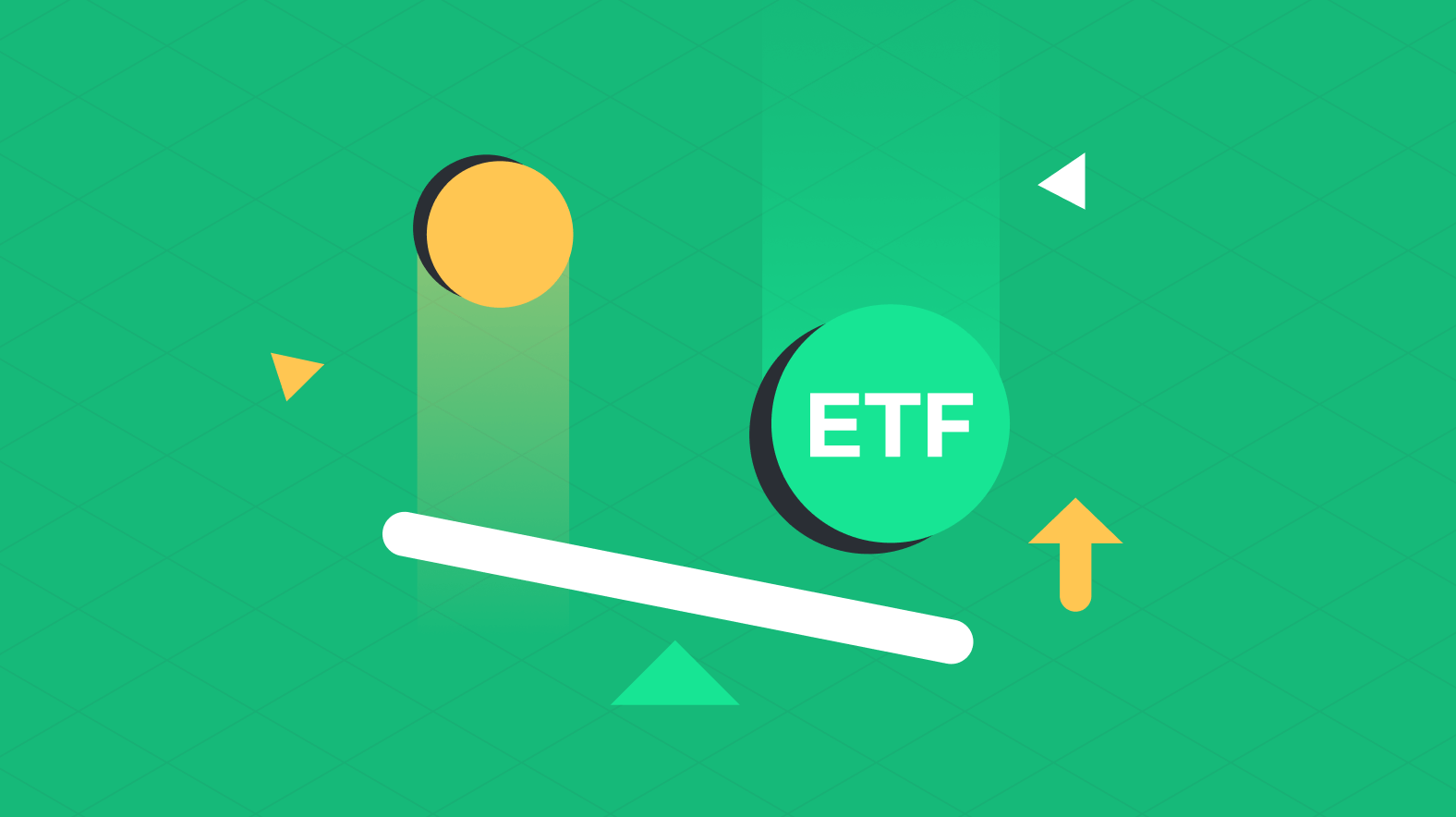Decentralized finance (DeFi) has recently taken the world by storm. It has given a new way to conduct financial transactions without intermediaries. But, with so many DeFi projects sprouting up, how do you know which ones are worthwhile investments? To invest in DeFi, you should thoroughly research the projects before investing your money into them. This entails investigating many aspects, such as the project’s personnel, technology, and tokenomics. In this post, we’ll look at how to analyze DeFi projects and make good investment selections.

How to Analyze DeFi Projects
To evaluate DeFi projects, it is necessary to utilize various metrics that offer valuable insights into their performance. Let’s look into them.
1. 24-hour Volume
The 24-hour volume is an important metric in the DeFi space. It measures the total value of trades executed within a specific protocol over a 24h period. Also, it’s used to gauge market participation and liquidity, as well as investor and trader interest.
A high 24h volume indicates active trading with higher liquidity, suggesting a vibrant ecosystem. Conversely, lower volumes suggest decreased market activity and less liquidity. Low 24-hour volumes are often attributed to disinterest from traders or investors who don’t have faith in the token or project to make gains on their investments.
2. Market Capitalization
Market capitalization, or market cap, is an important metric to measure the value and size of DeFi protocols. It’s calculated by multiplying the token price by the number of tokens in circulation. This number gives a general assessment of the size and prominence of a protocol’s total market value. However, it should be considered in context with other considerations such as its utility, adoption rate, and competition level.
3. Inflation Rate
The inflation rate is an important metric to consider when analyzing DeFi protocols. It denotes the rate at which new tokens are created, and a lower inflation rate suggests that token scarcity will be more controlled over time. This is beneficial for token holders, as it can lead to greater value retention in the long term.
However, taking a holistic view of tokenomics is important before assessing it. There must be a balance between incentivizing participants through high inflation rates and keeping the token supply scarce through low inflation rates. Different protocols strive for different outcomes depending on their goals. So, understanding the philosophy behind each protocol is essential for assessing its underlying value.
Further, tokens with high inflation rates are ideal if you want to provide returns on idle holdings. Yet, it must be balanced with other variables, such as demand and fees collected from users, to ensure the longevity of any given protocol.
4. Total Value Locked
TVL is one of the most important metrics for gauging interest in a DeFi protocol. It reflects the total amount of funds deposited by liquidity providers to a given protocol. Hence, it provides insight into its popularity among users.
For example, Uniswap’s TVL has skyrocketed to over $4 billion as of February 2021. This shows that many users have put their trust and money into this decentralized trading platform.
Analyzing the TVL data can be useful for investors seeking insights about what protocols and applications are best positioned for success. Examining and comparing TVLs between different protocols makes it possible to make informed decisions on which projects will likely gain more traction.
Furthermore, having a large TVL can be seen as a signal of robustness. It signifies that plenty of people find value and use within this particular DeFi application or protocol.
5. Market Capitalization
Market capitalization is another metric used to assess the size of a DeFi protocol and its importance. It’s calculated by multiplying each token’s current price in circulation by its circulating supply. This figure shows the value of a DeFi protocol based on its current trading price and volume.
A higher market cap indicates greater liquidity. This, in turn, leads to better opportunities for investors looking to trade or buy tokens associated with the protocol.
However, note that market cap is among many variables when analyzing a DeFi protocol’s usefulness and adoption potential. Other factors such as utility, competition, governance structure, and teams behind it are all exogenous variables you must consider for an accurate project assessment.
Conclusion
Analyzing DeFi projects can be complex and challenging, but ensuring that you’re investing in a sound and reliable project is essential. By focusing on the key factors we discussed, including the team, technology, tokenomics, and community, you can comprehensively understand the project’s potential and risks.
Personal Note From MEXC Team
Check out our MEXC trading page and find out what we have to offer! There are also a ton of interesting articles to get you up to speed with the crypto world. Lastly, join our MEXC Creators project and share your opinion about everything crypto! Happy trading!
Join MEXC and Get up to $10,000 Bonus!
Sign Up


